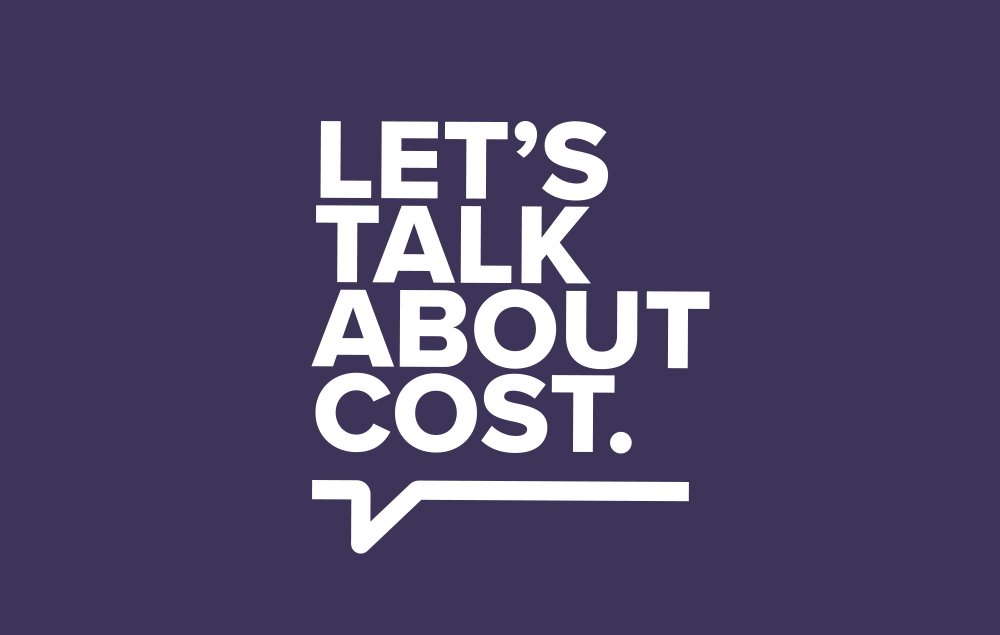On January 14, the Department of Health & Human Services’ (HHS) released the 2022 Notice of Benefit and Payment Parameters (NBPP) final rule. Several provisions of the final rule promote access to insurance options that do not provide adequate coverage for medicines, including short-term limited duration insurance. Last month, PhRMA submitted comments on the HHS 2022 NBPP proposed rule expressing concern about these policies, as well as parts of the proposed rule that reflect HHS’s continued misunderstanding of the role that manufacturer cost-sharing assistance plays in helping patients pay for the out-of-pocket costs of their medicines.
Health plans increasingly use deductibles and coinsurance to shift costs to patients. Manufacturer cost-sharing assistance programs are an important source of financial support for these patients, helping to improve patient adherence and outcomes. Considering that up to 70% of chronically ill patients analyzed in a recent report rely on manufacturer cost-sharing assistance, we encourage the incoming Administration to policies and portions of the 2022 NBPP proposed rule intended to be addressed in future rulemaking that could negatively impact affordability for patient out-of-pocket costs.
Here are excerpts from key sections of our comments:
HHS should not include coupons in its definition of insurer compensation for Medical Loss Ratio (MLR) reporting.
- “HHS correctly requires health insurance issuers to report manufacturer rebates retained by PBMs as reductions to the issuers’ MLRs, but, for this purpose, remuneration to the issuer should exclude ‘coupons.’ Manufacturer coupons, or cost-sharing assistance, are intended to benefit the enrollee, not the issuer and therefore should not be treated as a manufacturer price concession–in the context of MLR reporting or otherwise.”
Last year’s 2021 NBPP final rule policy to allow plans to operate accumulator adjustment programs continues to pose risks to patient affordability, despite the ongoing pandemic and public health emergency.
- “This policy allows plans and issuers to exclude the value of manufacturer cost-sharing assistance from accruing towards the statutorily required annual limitation on cost sharing regardless of whether a medically appropriate generic equivalent is available … [this] undermines this important patient protection under the [Affordable Care Act] that provides patients and families with greater predictability and certainty about their maximum out-of-pocket exposure on an annual basis.”
This rule contains proposals that could promote coverage options that do not provide adequate coverage for prescription medicines.
- “We are concerned that [codifying 2018 guidance relaxing the standards for approval of State Innovation Waivers] could increase the availability of coverage that does not meet the standards included in the ACA market reforms—including the requirement to cover individuals with pre-existing conditions. Such a change is likely to make comprehensive coverage less affordable and less accessible for people with pre-existing and chronic conditions, including patients who rely on innovative medicines.”
- “HHS is proposing to take several steps to promote the use of the direct enrollment pathway, where applicants use health insurance issuers’ or insurance brokers’ websites to apply for and enroll in Exchange coverage. Because these direct enrollment entities can sell other types of individual market insurance plans in addition to QHPs, including those that do not need to comply with the most basic patient protections under federal health insurance law … We recommend that HHS study closely whether increased availability of these plans through direct enrollment entities has exposed more enrollees to ruinous health care expenses.”
HHS should pursue greater transparency of PBM practices.
- “HHS has proposed to require that PBMs directly report the data required under section 1150A of the Social Security Act to HHS. We support this proposal as a positive first step … We urge HHS to use the data supplied under section 1150A to analyze PBM industry practices, produce public reports, and propose policies that would require PBMs to report detailed data that could benefit patients and employers.”
Previous changes to the Premium Adjustment Percentage methodology unnecessarily increase costs for patients.
“PhRMA continues to oppose HHS’s decision to incorporate individual market premium rates into the calculation of the annual premium adjustment percentage. Doing so automatically increases costs for enrollees by lowering the value of premium tax credits and establishes higher annual limitations on cost sharing. It is inappropriate for HHS to do this, especially when health insurance premiums and out-of-pocket medical costs remain unaffordable for many. The decision to adopt this methodology for the premium adjustment percentage’s calculation is an entirely discretionary one, which has, by HHS’s own analysis, resulted in 100,000 people losing coverage in the exchange. Further, this impacts millions more people who obtain coverage through their employers and will face higher out-of-pocket spending. HHS should revert to its prior premium adjustment percentage methodology.”
Read the full comments here.



